
The Via Appia Antica is a Roman road that connected ancient Rome with Brindisium, present-day Brindisi in southern Italy. The road is named after its initiator: Appius Claudius Caecus, who started construction in 312 BC. Less than five years later, the first part to Capua was finished. In 191 BC. the road was completed and travelers could cover the nearly 570 kilometers with no interruptions.
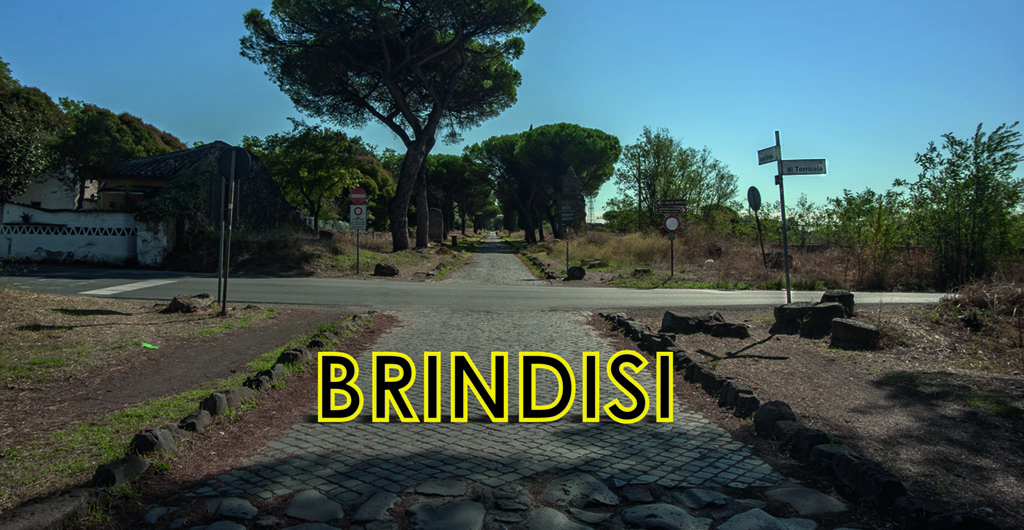
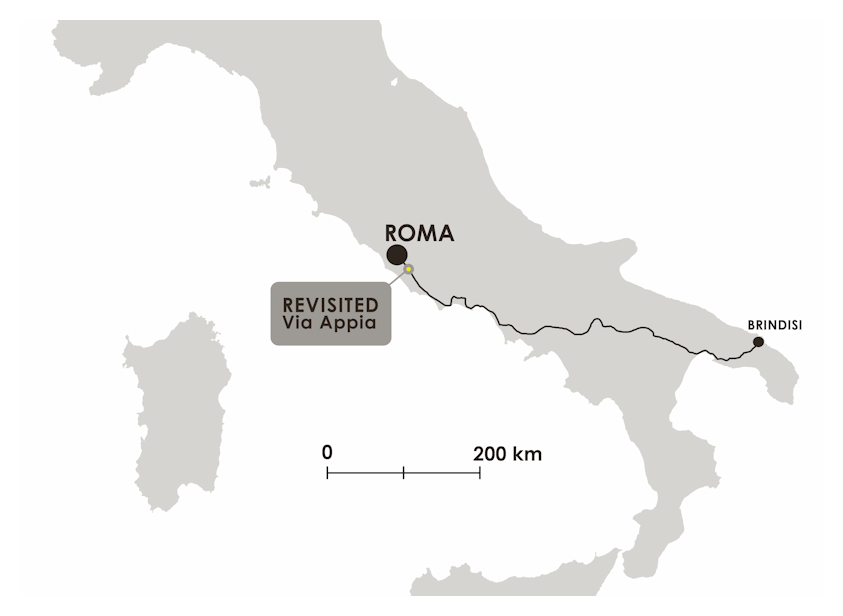
Deze beroemde Romeinse ‘snelweg’, ook wel bekend This famous Roman ‘highway’, also known as the regina viarum, the ‘queen of the roads’, primarily served the purpose of moving army troops. In addition, the Via Appia linked several economic centers and was used for trade transports. The Romans also had their dead buried along the road.
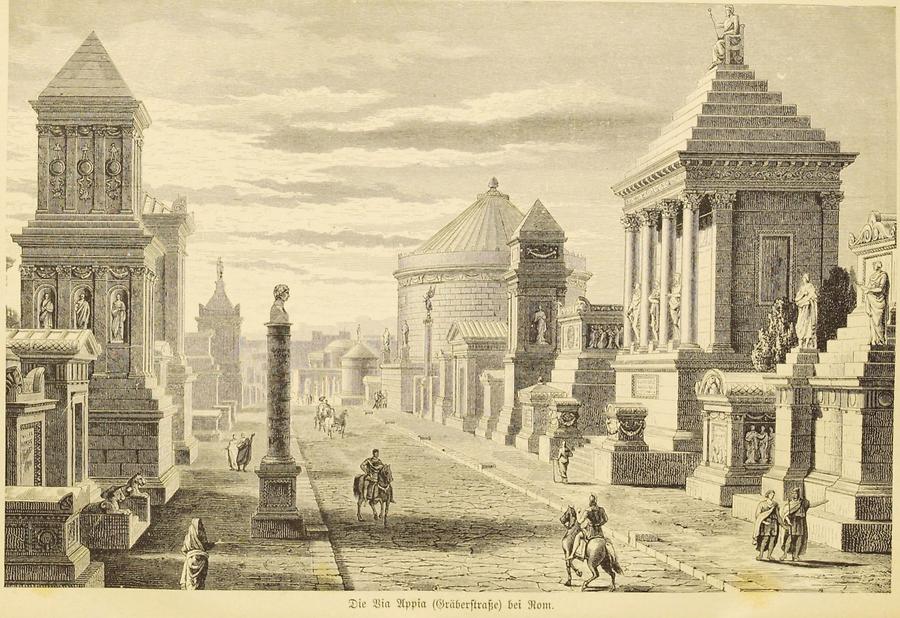
There are almost no travel reports. There is one exception: the poet Quintus Horatius Flaccus made a diplomatic journey across the Appian Way in 37 BC as ordered by the Emperor Augustus. He left a diary in his collection ‘Satiren’. Along the way he slept in various places along the way, and the journey from Rome to Brindisi took him thirteen days on horseback.
After the Roman period, large parts of the Via Appia fell into disrepair. The vast majority of the funerary monuments were overgrown, demolished and reused as building material.
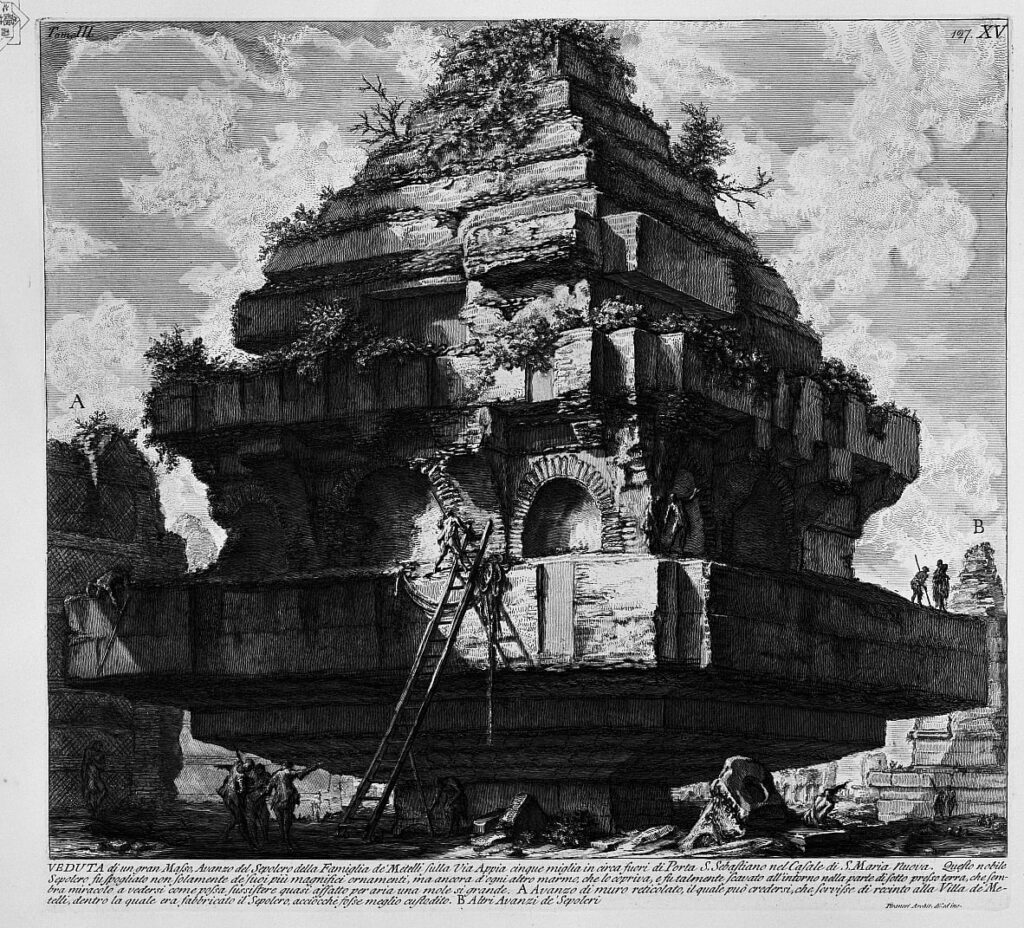
Near Rome, both sides of the road are covered with remains of all kinds of representative architecture. The first stretch of the Via Appia is still considered iconic and a landmark in the political and cultural presentation of ancient Rome. Especially the monumental tombs that adorned the road during the heyday of the Roman Empire, are still appealing to the imagination.
From the middle of the 18th century, the Via Appia, especially the first miles from Rome, has been rediscovered as a historical monument and has been depicted in countless ways. Together, these images form a unique historical document of how the road has changed over the past centuries, but above all how it has been viewed over time.
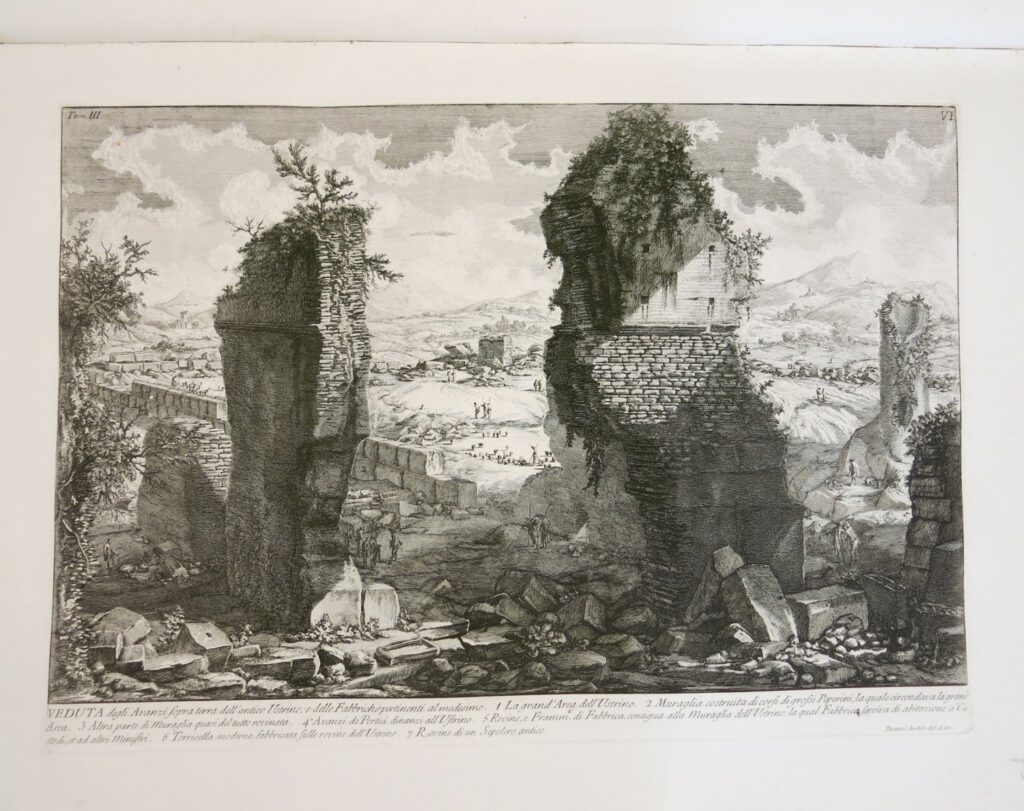
Between 1850 and 1853, the first miles of the road have been reconstructed by the Italian architect Luigi Canina and transformed into an archaeological park.
From the late 1980s, the first eleven miles of the Via Appia have been included in a protected park area called ‘Il Parco Regionale dell’Appia Antica’, the archaeological part of which is under the protection of the ‘Parco Archeologico dell’Appia Antica’.
